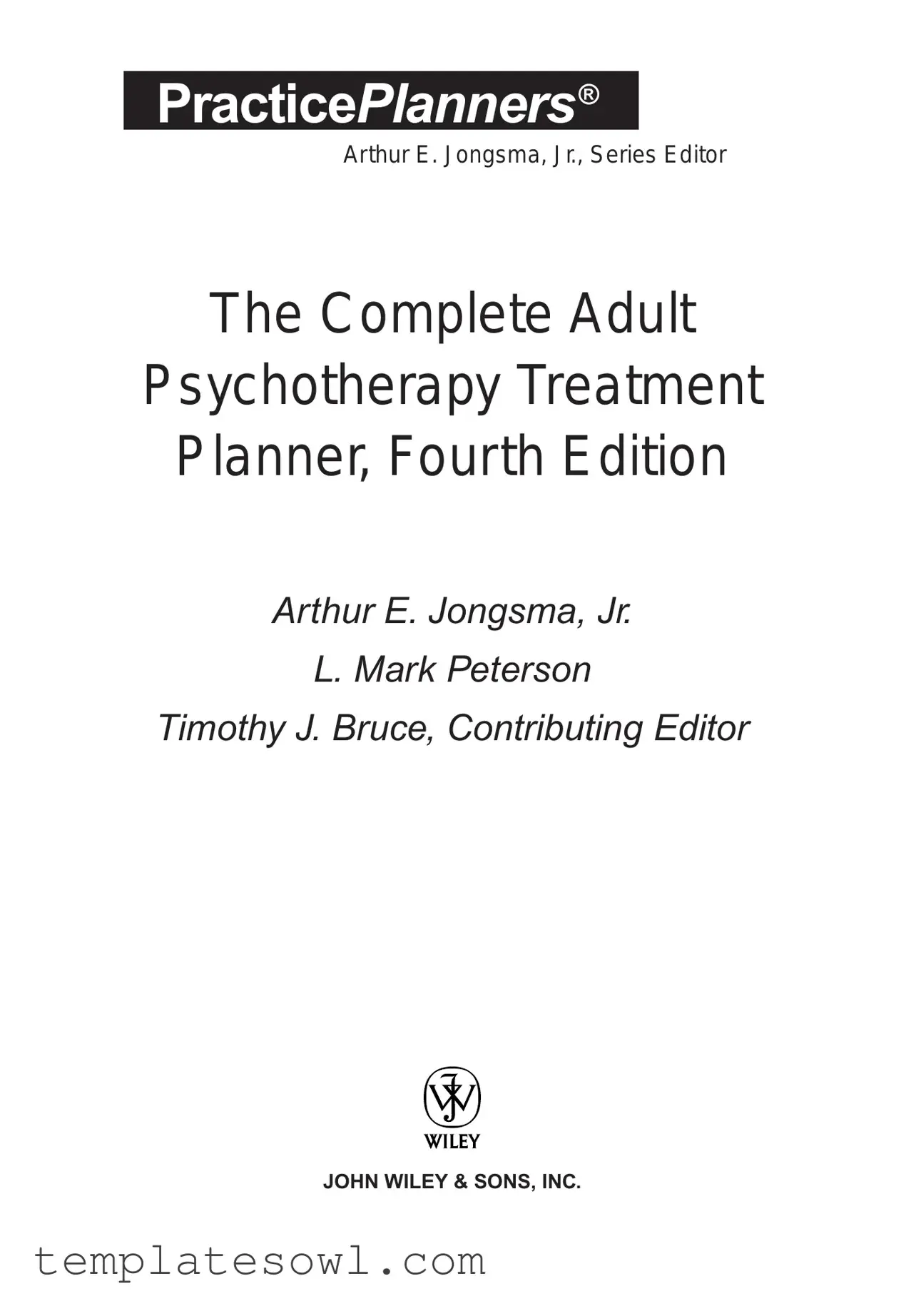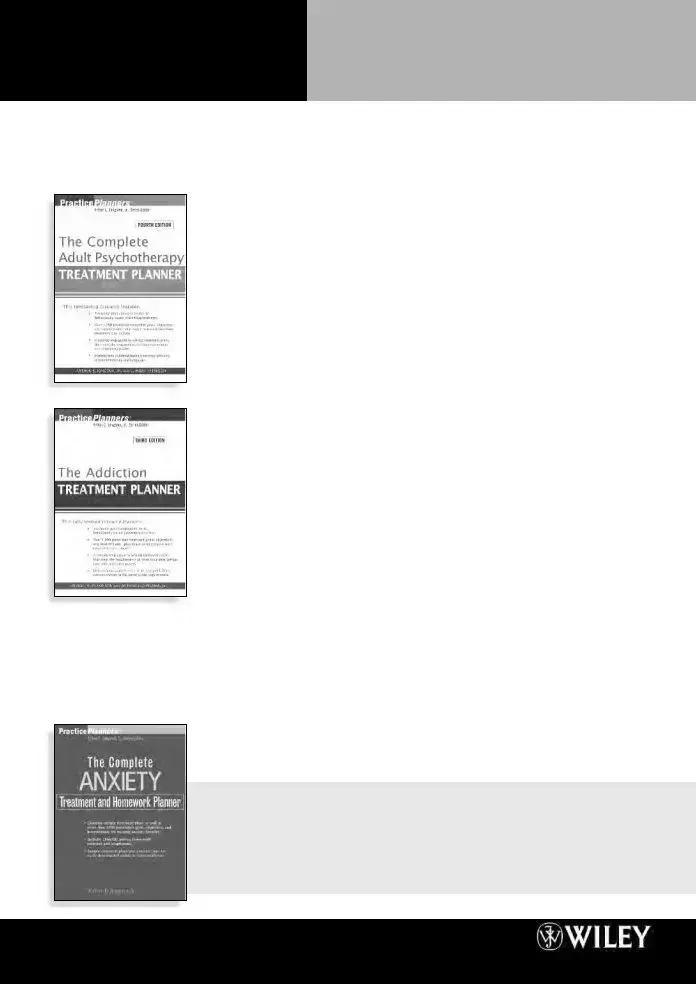What is the Treatment Planner form?
The Treatment Planner form is a tool designed to assist therapists in developing structured treatment plans. It includes essential elements such as problem definitions, long-term goals, short-term objectives, therapeutic interventions, and associated DSM-IV diagnoses, all tailored to increase the effectiveness of client treatment.
Who can use the Treatment Planner form?
This form is primarily for mental health professionals, including therapists, psychologists, and social workers. It is intended to streamline the process of creating comprehensive treatment plans for clients dealing with various mental health issues.
What editions of the Treatment Planner are available?
There are several editions of the Treatment Planner available, each focusing on different client needs. These include planners for adults, children, adolescents, couples, groups, families, and specific disorders such as addiction and anxiety. For instance, titles include "The Complete Adult Psychotherapy Treatment Planner" and "The Addiction Treatment Planner."
How much does each Treatment Planner cost?
Each Treatment Planner is priced at $49.95, with specific exceptions for combined resources, such as "The Complete Depression Treatment and Homework Planner," which sells for $39.95.
What is included in each Treatment Planner?
Each Treatment Planner covers a variety of components necessary for effective treatment planning. Key sections include detailed problem definitions, long-term and short-term goals, recommended therapeutic interventions, and relevant DSM-IV diagnoses. This comprehensive approach aids therapists in addressing the specific needs of their clients.
Are there specialized Treatment Planners for specific populations?
Yes, there are specialized planners designed for various populations and issues. Examples include planners for older adults, individuals with developmental disabilities, and those encountering crisis counseling. This allows therapists to choose resources that align closely with their clients' needs.
How can the Treatment Planner form help improve treatment outcomes?
By providing a structured framework for therapy, the Treatment Planner can enhance clarity and focus in treatment. It allows therapists to set clear objectives and measurable goals, thereby increasing the likelihood of positive treatment outcomes for clients.
Is there a complete set available?
Yes, there is a combined resource called "The Complete Treatment and Homework Planners." This series merges the Treatment Planners and Homework Planners into a single volume, giving therapists both planning tools and practical exercises for client sessions.
Can the Treatment Planner be used in group therapy settings?
Yes, specific Treatment Planners are designed for group therapy, facilitating the development of tailored treatment plans that address the dynamics and needs of multiple clients within a group setting.
How can I purchase a Treatment Planner form?
The Treatment Planner forms can be purchased through various retail outlets, including online bookstores and publishers. It's advisable to check for availability directly through reputable retailers or the publisher's website for the best options.


